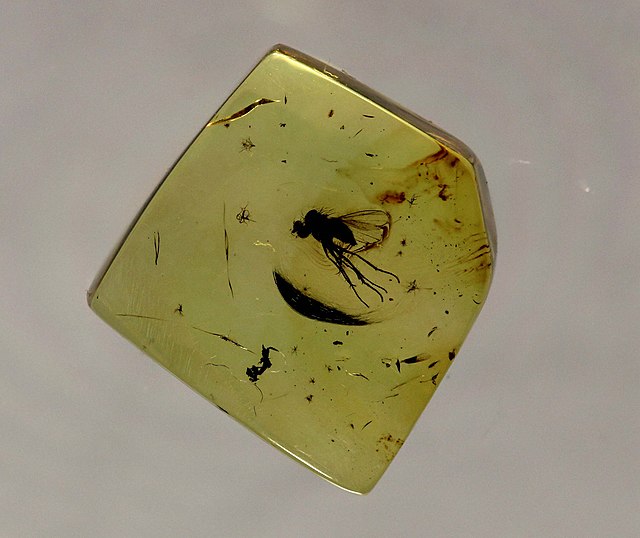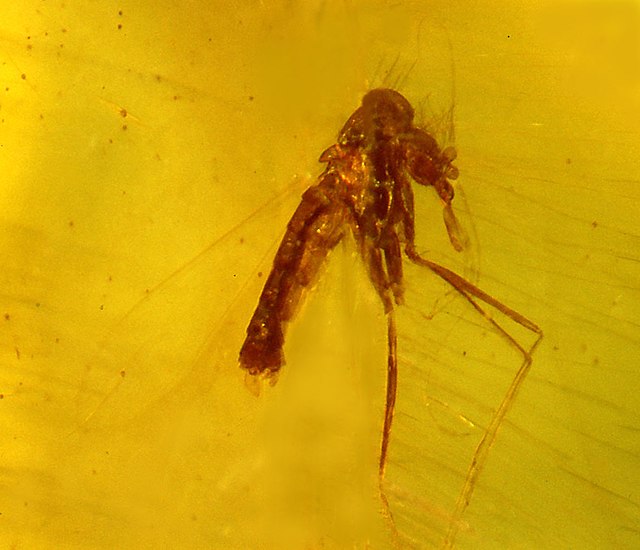The Tachinidae are a large and variable family of true flies within the insect order Diptera, with more than 8,200 known species and many more to be discovered. Over 1,300 species have been described in North America alone. Insects in this family commonly are called tachinid flies or simply tachinids. As far as is known, they all are protelean parasitoids, or occasionally parasites, of arthropods, usually other insects. The family is known from many habitats in all zoogeographical regions and is especially diverse in South America.
Tachinidae
"Tachinidae" by Harold Maxwell-Lefroy, 1909
Tachinid eggs (possibly Trichopoda pennipes) on Leptoglossus occidentalis
Istocheta aldrichi egg on Popillia japonica (Japanese beetle)
Flies are insects of the order Diptera, the name being derived from the Greek δι- di- "two", and πτερόν pteron "wing". Insects of this order use only a single pair of wings to fly, the hindwings having evolved into advanced mechanosensory organs known as halteres, which act as high-speed sensors of rotational movement and allow dipterans to perform advanced aerobatics. Diptera is a large order containing an estimated 1,000,000 species including horse-flies, crane flies, hoverflies, mosquitoes and others, although only about 125,000 species have been described.
Fly
An Anthomyiidae species showing characteristic dipteran features: large eyes, small antennae, sucking mouthparts, single pair of flying wings, hindwings reduced to clublike halteres
Fossil brachyceran in Baltic amber. Lower Eocene, c. 50 million years ago
Fossil nematoceran in Dominican amber. Sandfly, Lutzomyia adiketis (Psychodidae), Early Miocene, c. 20 million years ago








